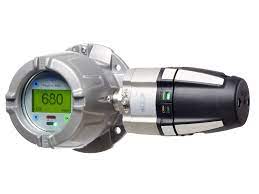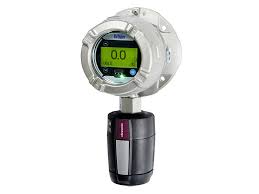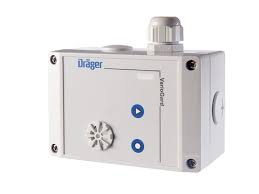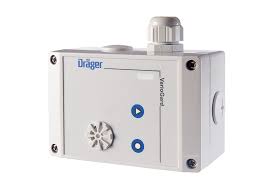Pulsar 7000 Series
Process Analytical
Buniness Unit Manager : Mr. Pakpoom Noi-u-thai
Tel : 081-874-5764
E-mail : pakpoom@pico.co.th
Admin
Tel : 02-939-5711 ext. 456
E-mail : process@pico.co.th
Benefits
Reliable and quick measuring
The Pulsar 7000 Series detects a wide range of gaseous hydrocarbons. These include methane, propane and ethylene. An accumulation of these gases in critical concentration can be measured at a distance of up to 200 metres within two seconds. Status LEDs in the transmitter and receiver indicate the operational readiness of the respective device. The continuous self-monitoring offers additional safety. If the signal strength is insufficient, due to dirty optics or other non-operationally critical impairments, a configurable alarm signal will be issued to indicate the need for maintenance. However, the system remains ready for use and can continue to detect gases. In addition to increased operational readiness, there is the benefit of being able to plan maintenance and thus avoid unexpected downtime. The Pulsar 7000 Series is suitable for safety-related applications up to SIL 2.
Reliable even in adverse weather conditions
Reliability is guaranteed not just under ideal weather conditions. For fog, mist, heavy rain or snow, the Pulsar 7000 Series has a mode with increased flash rate and light intensity. Thus, increased IR absorption caused by environmental factors is compensated for. In addition, the heated optics prevent condensate or ice from forming on the lens.
Easy to align, configure and commission
The alignment of the transmitter and receiver and the subsequent commissioning of the system can be easily done by a single person, without the need for an additional telescope or alignment mirror. After an initial rough alignment by eye, the exact alignment of transmitter and receiver is carried out using the fine adjustment screws and a handheld terminal. The alignment is displayed either in a coordinate system with target optics or in the form of numeric coordinates. The built-in calibration feature in the Pulsar 7000 Series does not require manual adjustment or test gas. After alignment, an automatic zero point adjustment with system check starts, which completes the commissioning of the system. All parameters are stored and later used to detect misalignments or deposits on the lenses.
On site diagnostics
A handheld terminal can be used for predictive maintenance and on-the-spot troubleshooting. In addition to alignment and zeroing support, this interface also provides configuration and diagnostic features. Comprehensive diagnostics are possible with the PC software program Dräger PolySoft.
Documented security – protocol and integrated data
An integrated data logger stores the most recent errors, warnings and events. These include, for example, events such as blockages of the signal path, gas alarms, warning signals and any problems with the alignment or with the supply voltage. The data logger is supplemented by an hourly log of the values measured in this time. This includes essential data such as gas reading, signal strength and temperature, which are available for the last ten weeks of operation. Even after that, information is available as a weekly summary of the last ten years of operation.
The right model for any job
The Pulsar 7000 Series offers suitable models for the most diverse applications. The offshore models are equipped with stainless steel junction boxes and cable glands. This makes them particularly robust and able to withstand the harsh environmental conditions. You can use the duct mount model to detect gas buildup in supply or exhaust ducts. The system is specially designed for shaft installations.





